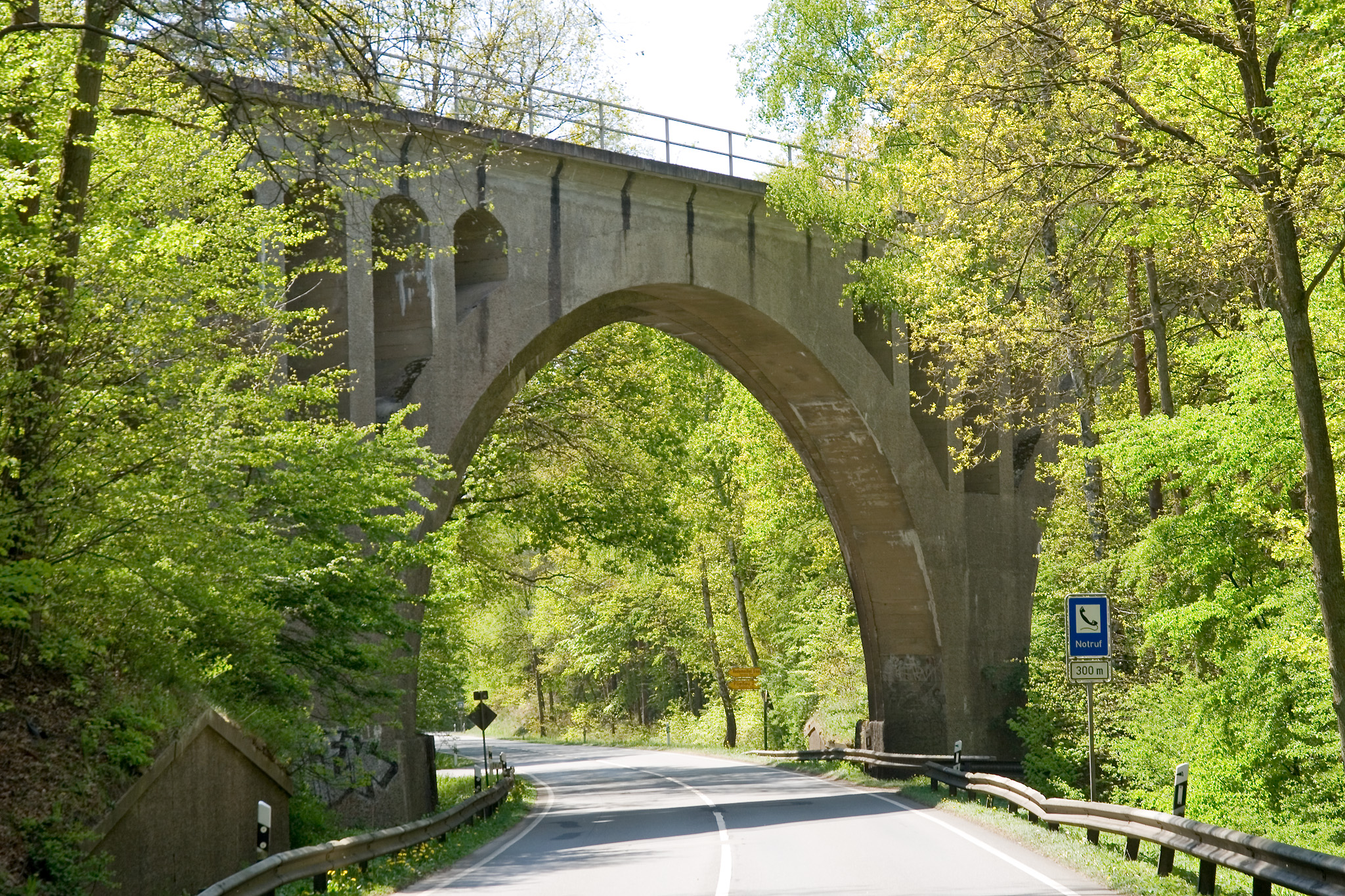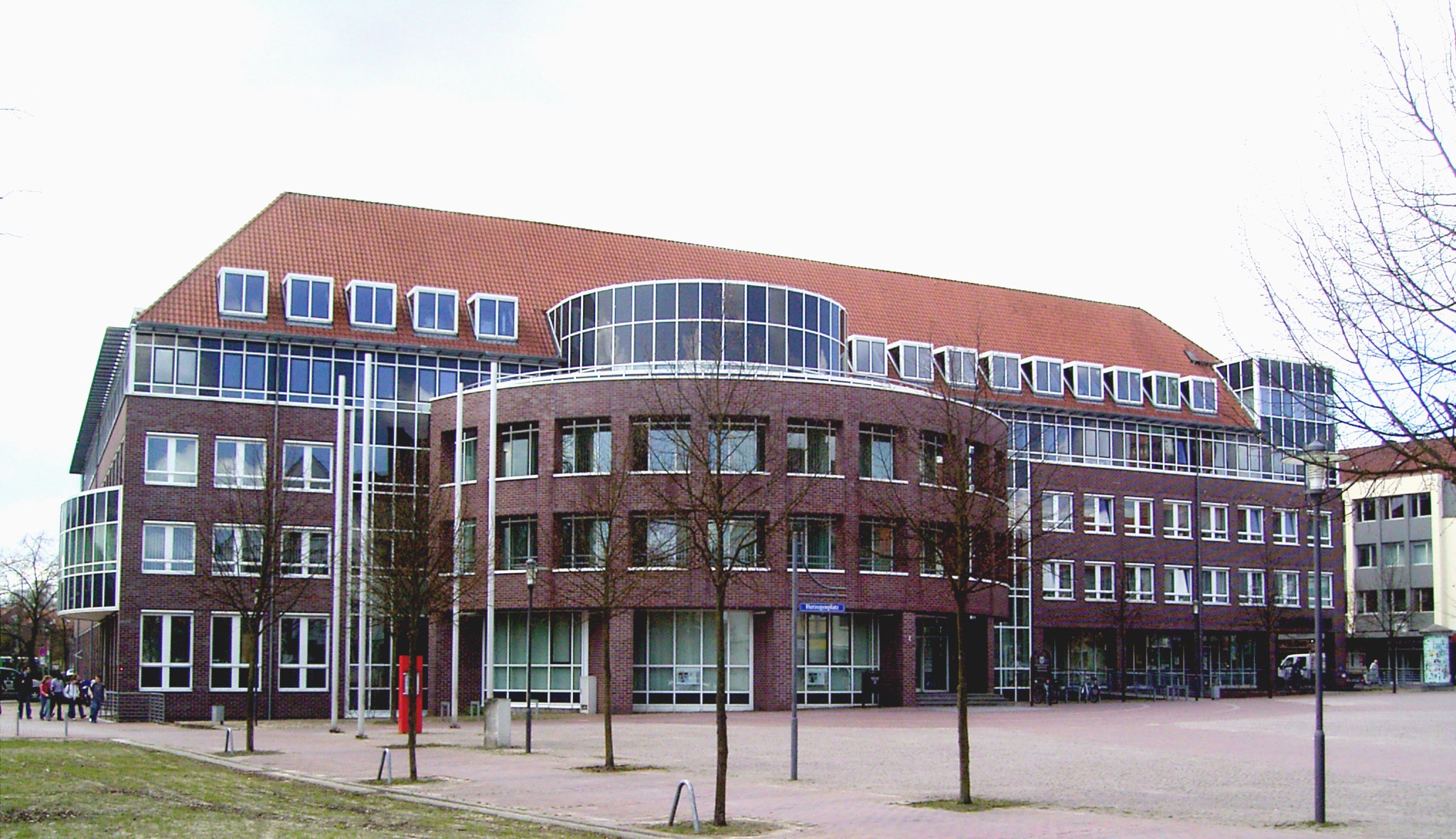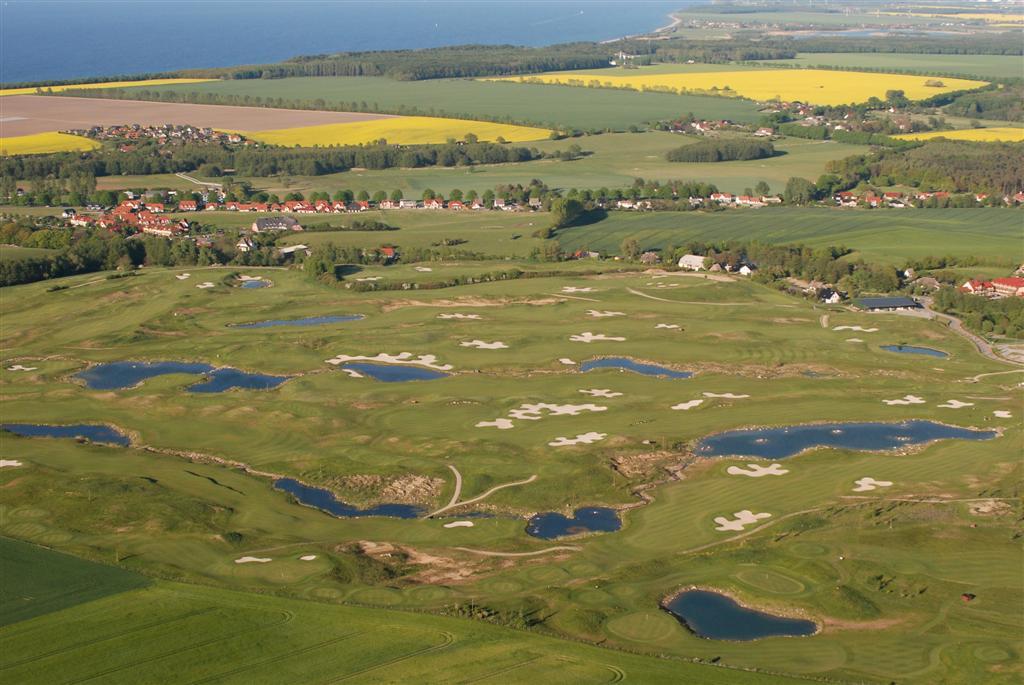|
Garßen
Garßen is a Lower Saxony, Lower Saxon village in the southern part of the Lüneburg Heath and, since 1973, part of the borough of Celle in Germany. It lies on the northeastern side of the town. History The name of the village is derived from ''Gersnethe'' (1248). Historically Garßen was part of the parish of Groß Hehlen. On 1 January 1973 Garßen lost its independence and was incorporated into the borough of Celle. The village is separated into an old and a new area by the Bundesstraße 191, B 191 federal road which runs from Celle to Eschede and Uelzen. Whilst the new area consists mainly of new houses, in the old part there are several farms and old buildings. Politics The head of the parish council (''Ortsbürgermeister'') is Dr. Michael Bischoff (CDU). Culture and points of interest The centrepiece of the old village is St Mark's Church (''Markuskirche''), which was built in the middle of the 14th century. Next to the church is the primary school and the special ne ... [...More Info...] [...Related Items...] OR: [Wikipedia] [Google] [Baidu] |
Celle
Celle () is a town and capital of the district of Celle (district), Celle in Lower Saxony, in north-central Germany. The town is situated on the banks of the river Aller (Germany), Aller, a tributary of the Weser, and has a population of about 71,000. Celle is the southern gateway to the Lüneburg Heath, has a castle (''Schloss Celle'') built in the Renaissance and Baroque styles and a picturesque old town centre (the ''Altstadt'') with more than 400 timber framing, timber-framed houses, making Celle one of the most remarkable members of the German Timber-Frame Road. From 1378 to 1705 Celle was the official residence of the Lüneburg branch of the dukes of Duchy of Brunswick-Lüneburg, Brunswick-Lüneburg (House of Welf), who had been banished from their original ducal seat by its townsfolk. Geography The town of Celle lies in the glacial valley of the Aller (Germany), Aller, about northeast of Hanover, northwest of Braunschweig, Brunswick and south of Hamburg. With 71,000 ... [...More Info...] [...Related Items...] OR: [Wikipedia] [Google] [Baidu] |
Lower Saxony
Lower Saxony is a States of Germany, German state (') in Northern Germany, northwestern Germany. It is the second-largest state by land area, with , and fourth-largest in population (8 million in 2021) among the 16 ' of the Germany, Federal Republic of Germany. In rural areas, Northern Low Saxon and Saterland Frisian language, Saterland Frisian are still spoken, though by declining numbers of people. Lower Saxony borders on (from north and clockwise) the North Sea, the states of Schleswig-Holstein, Hamburg, , Brandenburg, Saxony-Anhalt, Thuringia, Hesse and North Rhine-Westphalia, and the Netherlands. Furthermore, the Bremen (state), state of Bremen forms two enclaves within Lower Saxony, one being the city of Bremen, the other its seaport, Bremerhaven (which is a semi-exclave, as it has a coastline). Lower Saxony thus borders more neighbours than any other single '. The state's largest cities are the state capital Hanover, Braunschweig (Brunswick), Oldenburg (city), Oldenburg, ... [...More Info...] [...Related Items...] OR: [Wikipedia] [Google] [Baidu] |
Lüneburg Heath
Lüneburg Heath (, ) is a large area of heath (habitat), heath, geest, and woodland in the northeastern part of the state of Lower Saxony in northern Germany. It forms part of the hinterland for the cities of Hamburg, Hanover and Bremen and is named after the town of Lüneburg. Most of the area is a nature reserve (Germany), nature reserve. Northern Low Saxon is still widely spoken in the region. Lüneburg Heath has extensive areas, and the most yellow of heath (habitat), heathland, typical of those that covered most of the North German countryside until about 1800, but which have almost completely disappeared in other areas. The heaths were formed after the Neolithic period by overgrazing of the once widespread forests on the poor sandy soils of the geest, as this slightly hilly and sandy terrain in northern Europe is called. Lüneburg Heath is therefore a historic cultural landscape. The remaining areas of heath are kept clear mainly through grazing, especially by a North Germ ... [...More Info...] [...Related Items...] OR: [Wikipedia] [Google] [Baidu] |
Parish
A parish is a territorial entity in many Christianity, Christian denominations, constituting a division within a diocese. A parish is under the pastoral care and clerical jurisdiction of a priest#Christianity, priest, often termed a parish priest, who might be assisted by one or more curates, and who operates from a parish church. Historically, a parish often covered the same geographical area as a Manorialism, manor. Its association with the parish church remains paramount. By extension the term ''parish'' refers not only to the territorial entity but to the people of its community or congregation as well as to church property within it. In England this church property was technically in ownership of the parish priest ''Ex officio member, ex officio'', vested in him on his institution to that parish. Etymology and use First attested in English in the late 13th century, the word ''parish'' comes from the Old French , in turn from , the Romanization of Greek, Romanisation of ... [...More Info...] [...Related Items...] OR: [Wikipedia] [Google] [Baidu] |
Groß Hehlen
Groß Hehlen is a village north of the town of Celle in the German state of Lower Saxony. It is linked to the town via the K 27 district road which joins the main B 3 federal highway from Bergen Bergen (, ) is a city and municipalities of Norway, municipality in Vestland county on the Western Norway, west coast of Norway. Bergen is the list of towns and cities in Norway, second-largest city in Norway after the capital Oslo. By May 20 .... Groß Hehlen is linked to its neighbouring village of Scheuen to the north via the L 240. Politics The chair of the parish council is Axel Fuchs (CDU). (as at March 2009) Culture and places of interest The Church of St. Cyriacus is already mentioned in one of the oldest records of the village dating to 1235. The former clock tower collapsed in 1634 and was rebuilt in 1703. The nave was widened in 1640 and from 1963 to 1964 the church was extensively modernised. During the renovation work inside the church, valuable wall paintings, ... [...More Info...] [...Related Items...] OR: [Wikipedia] [Google] [Baidu] |
Bundesstraße 191
The Bundesstraße 191 or B 191 is a German federal road. It begins in Celle at the Bundesstraße 3, B 3 and ends north of Plau am See, connecting to the Bundesstraße 103, B 103 at the new bypass. History Origins The old unmetalled road between Ludwigslust and Parchim was upgraded in 1845 to a surfaced road. One year later roadworks were completed as far as Lübz and, in 1936, the first road bridge over the Elbe was opened in Dömitz . Old routes and names In 1937 the road was designated as Reichsstraße 191. During the division of Germany it was interrupted at the Inner German Border where the Elbe bridge had been partly destroyed in an airstrike in April 1945. The western section between Celle and the banks of the Elbe near Dannenberg (Elbe) belonged to West Germany and was called the Bundesstraße 191. The eastern section between Dömitz and Plau am See belonged to East Germany and was known as Fernverkehrsstraße 191 (abbr: F 191). Since the rebuilding o ... [...More Info...] [...Related Items...] OR: [Wikipedia] [Google] [Baidu] |
Eschede
Eschede () is a municipality in the district of Celle, in Lower Saxony, Germany. Situated approximately 15 km (10 miles) northeast of Celle, Eschede lies at the border of the Südheide Nature Park, a protected area of large forests and heaths. Today around 20 small villages are part of the "Gemeinde Eschede". In 1975, the largest forest fire in the history of Germany destroyed vast tracts of forests in the area. The place is also known for the 1998 Eschede train disaster, in which an ICE 1 train crashed, killing 101 and making it the worst German rail accident since the Second World War. The painter Albert König (1881–1944) was born in Eschede, and the "Albert-König-Museum" can be visited in Unterlüß nearby. Eschede was the seat of the former ''Samtgemeinde'' ("collective municipality") of Eschede. Notable people *Wilhelm Brese (1896–1994), German politician (DNVP, CNBL, CDU), was chairman of the savings and loan association in Eschede and was leader of the c ... [...More Info...] [...Related Items...] OR: [Wikipedia] [Google] [Baidu] |
Uelzen
Uelzen (; ), officially the Hanseatic City of Uelzen (), is a town in northeast Lower Saxony, Germany, and capital of the district of Uelzen. It is part of the Hamburg Metropolitan Region, a Hanseatic town and an independent municipality. Uelzen is characterised by timber-framed architecture and also has some striking examples of North German brick Gothic. The town earned pan-regional fame when Friedensreich Hundertwasser was selected to redesign the railway station: the final work of the celebrated Viennese artist and architect was ceremonially opened in 2000 as the Hundertwasser Station, Uelzen, and remains a popular tourism destination. The Polabian name for Uelzen is (spelled ''Wiltzaus'' in older German reference material), possibly derived from or (< Slavic *) 'alder'. History The town was founded in 1250. In 1270 Duke[...More Info...] [...Related Items...] OR: [Wikipedia] [Google] [Baidu] |
SVG Celle
Scalable Vector Graphics (SVG) is an XML-based vector graphics format for defining two-dimensional graphics, having support for interactivity and animation. The SVG specification is an open standard developed by the World Wide Web Consortium since 1999. SVG images are defined in a vector graphics format and stored in XML text files. SVG images can thus be scaled in size without loss of quality, and SVG files can be searched, indexed, scripted, and compressed. The XML text files can be created and edited with text editors or vector graphics editors, and are rendered by most web browsers. If used for images, SVG can host scripts or CSS, potentially leading to cross-site scripting attacks or other security vulnerabilities. History SVG has been in development within the World Wide Web Consortium (W3C) since 1999 after six competing proposals for vector graphics languages had been submitted to the consortium during 1998 (see below). The early SVG Working Group decided not to ... [...More Info...] [...Related Items...] OR: [Wikipedia] [Google] [Baidu] |
Golf Course
A golf course is the grounds on which the sport of golf is played. It consists of a series of holes, each consisting of a teeing ground, tee box, a #Fairway and rough, fairway, the #Fairway and rough, rough and other hazard (golf), hazards, and a green with a cylindrical hole in the ground, known as a "cup". The cup holds a flagstick, known as a "pin". A standard round of golf consists of 18 holes, and as such most courses contain 18 distinct holes; however, there are many 9-hole courses and some that have holes with shared fairways or greens. There are also courses with a non-standard number of holes, such as 12 or 14. The vast majority of golf courses have holes of varying length and difficulties that are assigned a standard score, known as Par (score), par, that a proficient player should be able to achieve; this is usually three, four or five strokes. Par-3 courses consist of holes all of which have a par of three. Short courses have gained in popularity; these consist of mo ... [...More Info...] [...Related Items...] OR: [Wikipedia] [Google] [Baidu] |
Lachendorf
Lachendorf (West Low German: ''Lachendörp'') is a municipality in the Celle (district), district of Celle, in Lower Saxony, Germany. It is situated approximately 10 km east of Celle. Lachendorf is also the seat of the Samtgemeinde ("collective municipality") Lachendorf (Samtgemeinde), Lachendorf. History In older records Lachendorf is mentioned under the name of ''Lachtendorp'', meaning village at the river ''Lachte''. In 1538 Ernest I, Duke of Brunswick-Lüneburg chose it as a proper place for a paper mill, which marks the beginning of settlement and commercial development. In 1845 the paper mill was extended to a factory, creating a remarkable amount of workspace in this agricultural region. Famous residents * Wilhelm Trumann, great-great grandfather of the 33rd president of the USA Harry S. TrumanCompgermanoriginality.com. * Heinrich Severloh (1923–2006), platoon of the Wehrmacht and rifleman on Omaha Beach * Konstantin Rausch (born 1990), football/soccer player for ... [...More Info...] [...Related Items...] OR: [Wikipedia] [Google] [Baidu] |





